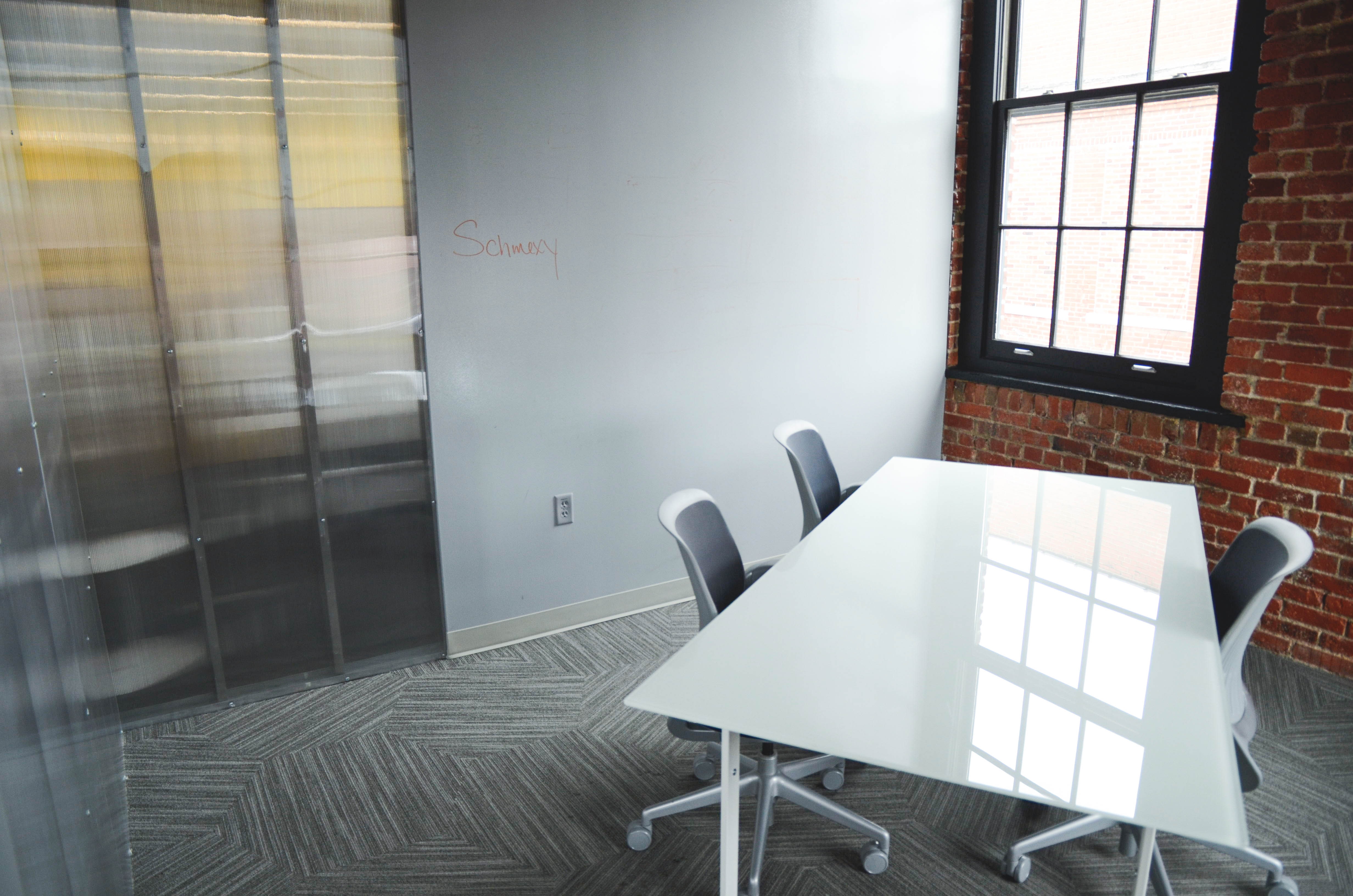By conservative estimates, average Americans spend approximately one third of their waking lives at their workplace. Discussions around the quality of the workplace have been a hot topic over the past decade as rapid changes in technology and workplace demographics dramatically shifted our expectations. A successful workplace today is one that suits a myriad of needs, including new ways to facilitate communication and collaboration between colleagues. Additionally, emerging fields of study around health and well-being in the workplace have begun to link our innate attraction to nature to our ability to function at our highest potential. It is an exciting time as we begin to see a body of research form around a topic that is crucial to our human experience. This quantifiable data and new language for expressing ideas helps arm designers with the tools required to fully educate our clients. We can finally support our intuitions and collective affinities with evidence-based data.

At the forefront of the movement toward health and well-being in architecture is the concept of biophilia. The term "biophilia" literally means "love of life or living systems." It describes the instinctive bond between human beings and other living systems. When nature truly integrates with architecture, not just how it looks but how buildings function, multiple senses are activated at once and people are energized, alert and calmer. In nature, we are constantly using our eyes, ears, nose and touch to navigate varied terrains and conditions. We are alert to events that support survival and feel connected to the patterns and cycles of our environment. By contrast, in much of the architecture of today, the conditioned air and carefully controlled environments create a homogeneous fabric. This type of setting is contrary to our nature and deadens our senses while simulating the conditions under which our bodies are told to go to sleep.
Terrapin Bright Green recently published a paper titled The Economics of Biophilia that begins quantifying the benefits of introducing nature into architecture. Terrapin claims that 90% of operating costs are linked to human resources, and employee productivity costs are 112 times greater than operating energy costs. Workspaces that connect back to nature have a higher incidence of employee satisfaction, productivity and well-being. In a research project I did with Professor Ihab Elzeyadi at the University of Oregon, we found that employees who were deprived of views and daylight had average absence rates 10% higher than their counterparts. Daylight not only provides dynamic changing light, but balances our hormones and circadian rhythms, helping us stay awake and feel happier.
Similarly, the quality of one's view is the primary predictor of absenteeism. Views of complex, dynamic natural scenes trigger greater responses from receptors in our visual cortex than urban views, making viewing nature a pleasurable experience. Movement will capture our attention and calm the mind, thereby reducing heart rates and increasing one's ability to focus.
Recently, we had the chance to test these theories while setting up space at SRG to maximize the benefits of Integrated Project Delivery for a large scale, complex public project. We were motivated to collaborate closely and communicate directly with our teammates, and needed a place where we could co-locate the architect, associate architect, structural engineer, MEP, contractor and primary subcontractors-35 people in all. This meant re-locating from SRG's main workplace to our building's fifth floor.
The satellite space had the classic layout of older hierarchical workplaces. Enclosed offices lined the perimeter and robbed the open space in the middle of views, daylight and operable windows. We were in a beautiful old building overlooking the heart of the city and all we could see were rooftop mechanical units and the blank back walls of adjacent buildings. While we'd found a great opportunity for team connectivity, access to nature was missing from the equation to establish the ideal work environment.
As the darkest time of the year approached, our team's incentive to improve our surroundings increased. With the support of our client, we quickly reached consensus and tore down the walls. When people returned to the office after the holidays, they walked into a whole new experience.
Private offices were gone and we could all see out to the sky. Whether sunny or overcast, now we can reconnect with the sun's movement and our natural circadian rhythms. We can also glance at activities taking place in Pioneer Square and feel inspired to be part of our larger community. Most importantly, we can see each other working together as a group and hold impromptu discussions.
The change in spirit and energy was immediate and palpable. Colleagues from other floors have begun to visit and engage more, and everyone is commenting on how much the environment has improved. As a team, we've become better able to balance the speed of productivity with a sense of well-being. Spending our days on the fifth floor is now truly part of an opportunity to do great work. I am grateful for my new environment every time I open the window, feel the fresh air and connect back to the sounds of the city beyond.
Tracey Bascue

